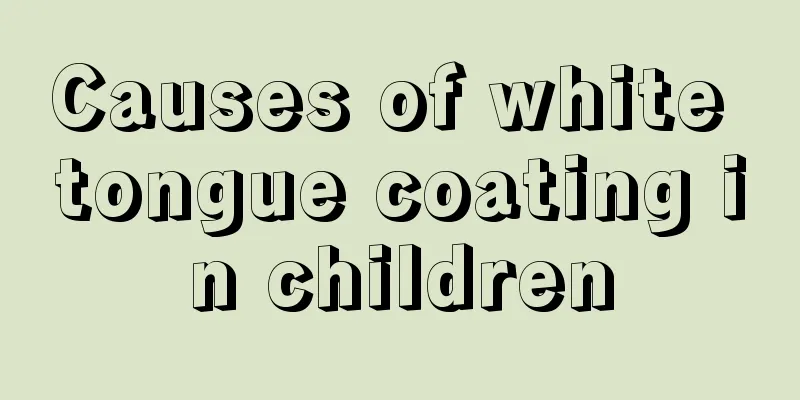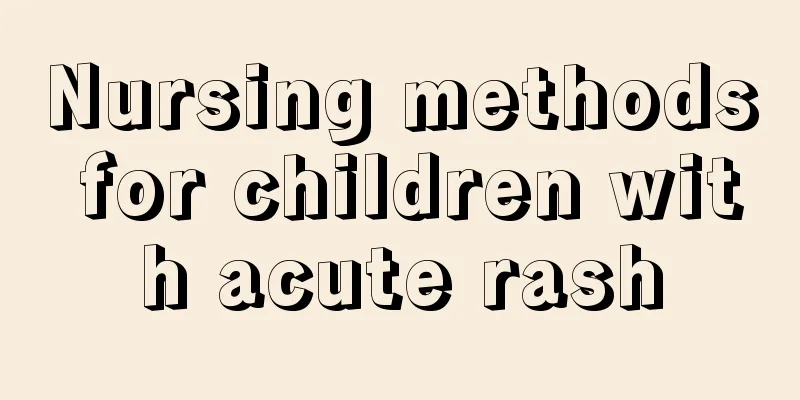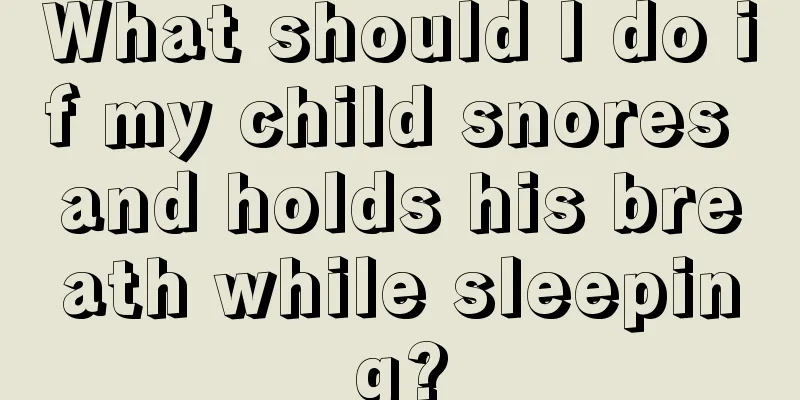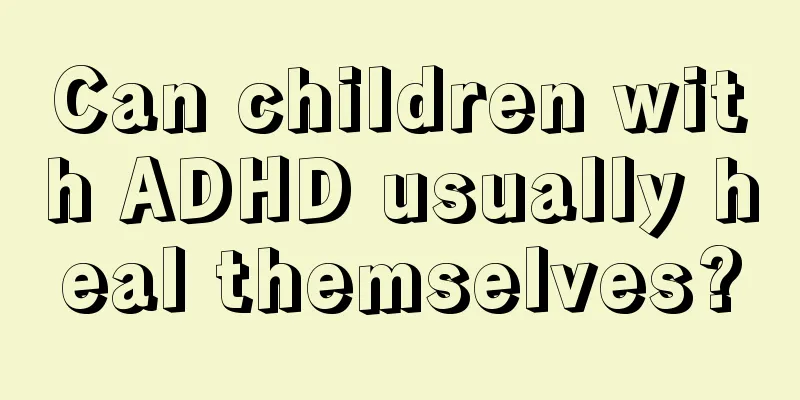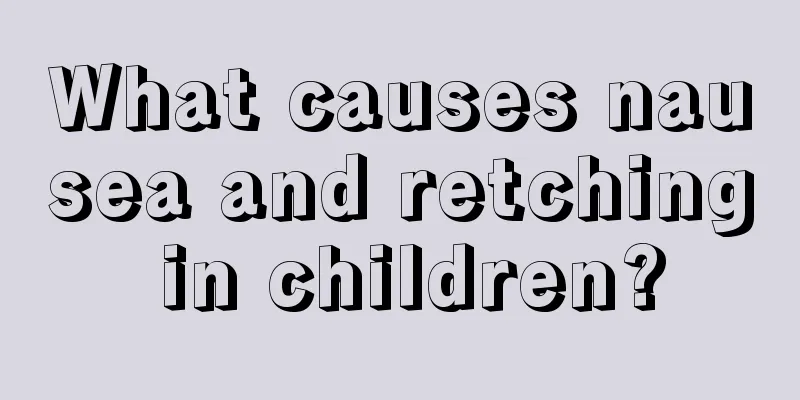Symptoms of hand, foot and mouth disease in children, young parents should pay attention to them
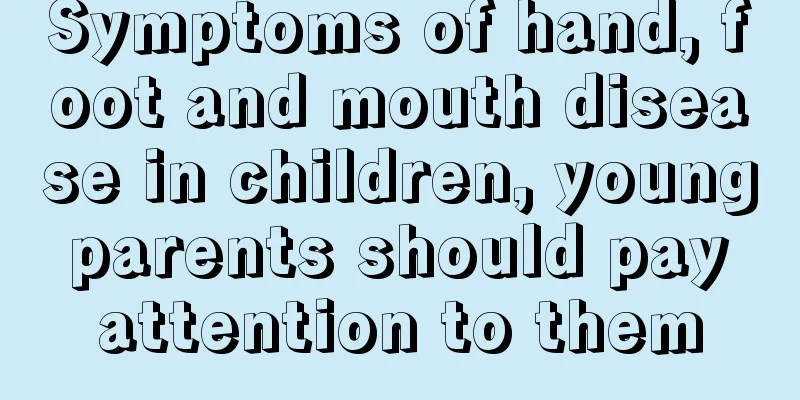
|
Hand, foot and mouth disease is a disease that infants and young children are very likely to suffer from. The severity of the disease varies, and the symptoms that children experience are also different, and are divided into early symptoms and severe symptoms. For the health of the baby, parents must understand the professional knowledge in this area. 1. General symptoms (1) Acute onset, with an incubation period of 3-5 days, and prodromal symptoms such as low-grade fever, general malaise, and abdominal pain. Scattered painful, millet- to mung-bean-sized blisters appear on the oral mucosa, and maculopapules and herpes appear on the hands and feet. Initially, they are maculopapules, which later turn into herpes. They are round or oval, about 3-7 mm in size, like the size of a grain of rice, smaller than the chickenpox rash, harder in texture, with a red halo around it, and less fluid in the blisters. Dot-like or flaky erosions can be seen under the grayish-white membrane. After the rash subsides, no scars or pigmentation are left. If there is a secondary infection, the skin damage will often be aggravated. (2) In addition to the hands, feet and mouth, herpes can also appear on the buttocks and near the anus, and occasionally on the trunk and limbs. The rash dries up and disappears after a few days. The rash does not itch or cause pain. (3) Some children may develop generalized papules and blisters, accompanied by aseptic meningitis, encephalitis, myocarditis, etc. It may be accompanied by symptoms such as cough, runny nose, loss of appetite, nausea, vomiting, and headache. (4) Some cases only present with rash or herpetic pharyngitis. The whole course of the disease is about 5-10 days. Most cases can heal themselves with a good prognosis and no sequelae. 2. Symptoms of severe cases In a few cases (especially those under 3 years old), encephalitis, encephalomyelitis, meningitis, pulmonary edema, circulatory failure, etc. may occur. (1) Respiratory system manifestations include: shallow and difficult breathing, changes in respiratory rhythm, cyanosis of the lips, white, pink or bloody foamy fluid (sputum) in the mouth, and sputum sounds or moist rales in the lungs. (2) Neurological manifestations include poor spirits, drowsiness, headache, vomiting, easy fright, limb tremors, weakness or paralysis; physical examination may reveal meningeal irritation and weakened or absent tendon reflexes; critical cases may present with frequent convulsions, coma, cerebral edema, and brain herniation. (3) Circulatory system symptoms include: pale complexion, increased or decreased heart rate, shallow, rapid, weakened or even absent pulse, cold limbs, cyanosis of fingers and toes, and increased or decreased blood pressure. 3. Early symptoms of hand, foot and mouth disease The incubation period is 4 to 7 days. The onset is mainly characterized by low fever, oral ulcers, and mouth pain, accompanied by drooling, loss of appetite, etc. Patients with severe symptoms may develop high fever, with body temperature ranging from 38℃ to 40℃. After the onset of the disease, a rash can be seen on the palms and soles of the feet. It first appears as red papules and then turns into vesicular rash. There is generally no rash on the trunk. |
<<: Should children be spanked if they don't listen?
>>: What should I do if the little girl's lower body itches?
Recommend
The characteristics of children from single-parent families are actually these
The education of children from single-parent fami...
How to solve the problem of eye mucus in the corners of newborns' eyes
One thing that many new mothers have experienced ...
What are the prevention measures for autism in children?
Have you heard of childhood autism? It is a psych...
What is the cause of the newborn's bloated belly?
Children especially need care from their parents ...
What medicine should children take for diarrhea and fever
Fever is a very common symptom of our body. Somet...
Baby's stool is like tofu dregs
The baby's stool is actually a way for parent...
What are the symptoms of encephalitis in children?
Encephalitis is relatively common in clinical pra...
Is it OK for a baby to walk too early?
After people give birth to a child, more attentio...
What are the methods to treat sneezing and coughing in children?
When children have a cold or cough, parents do no...
What is the cause of early puberty in children caused by bird's nest?
Children are a relatively special group, because ...
Why does a 2-month-old baby not sleep and cry during the day?
We all know that when a child is less than 100 da...
Why are babies' legs of different lengths?
Children are our future and the future of this co...
Can babies eat lobster? Please learn the correct way to eat
Lobster is very nutritious. In addition to common...
What are the dangers of enema for children with fever?
If many children have a severe fever, they can on...
What causes a child's cracked lips?
Children's physical problems are the most hea...



